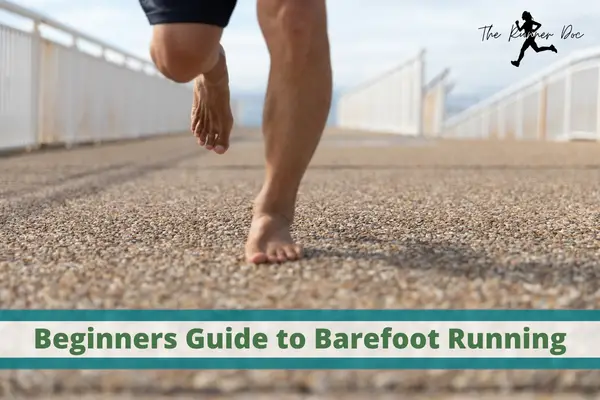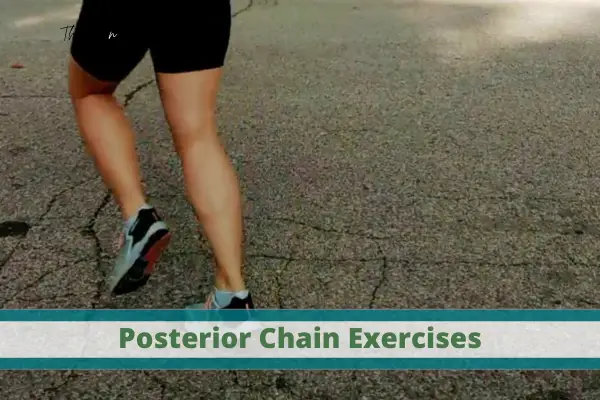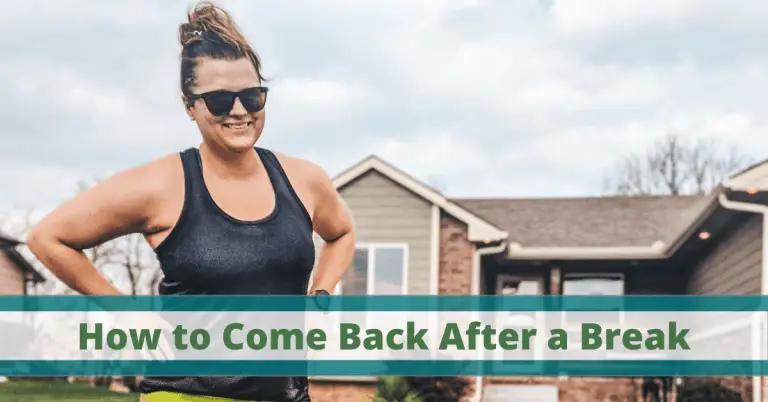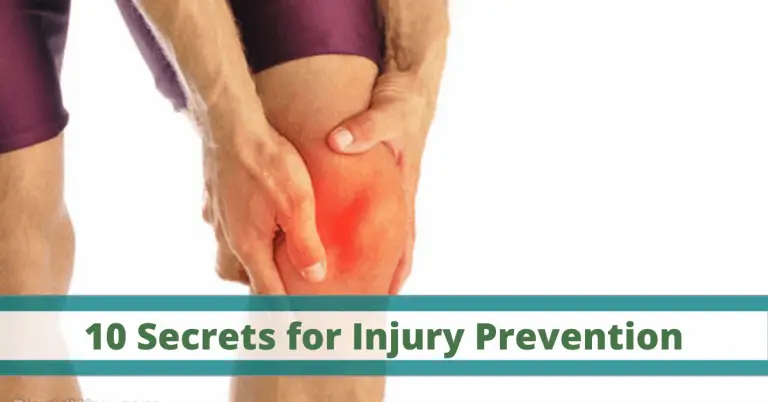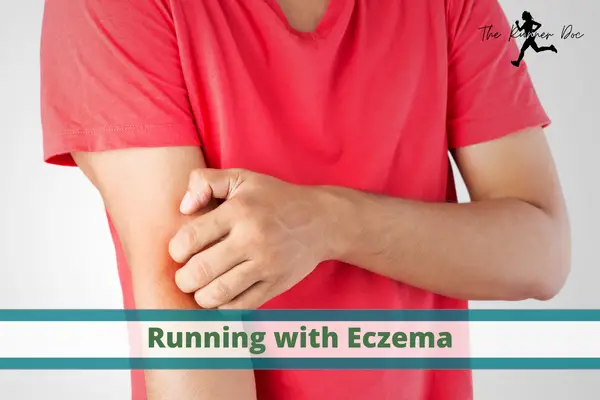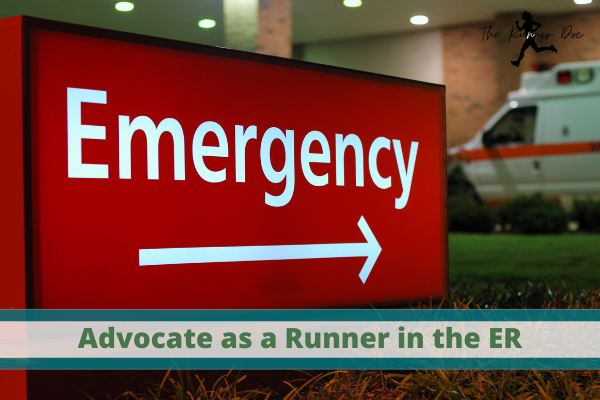Beginners Guide to Barefoot Running: How to Not Get Hurt!
Running without shoes is becoming more popular all the time, and for good reason. Not only does it feel great, but it’s also great for your feet and your health overall. If you’re curious about giving barefoot running a try, this guide will teach you everything you need to know to get started safely!
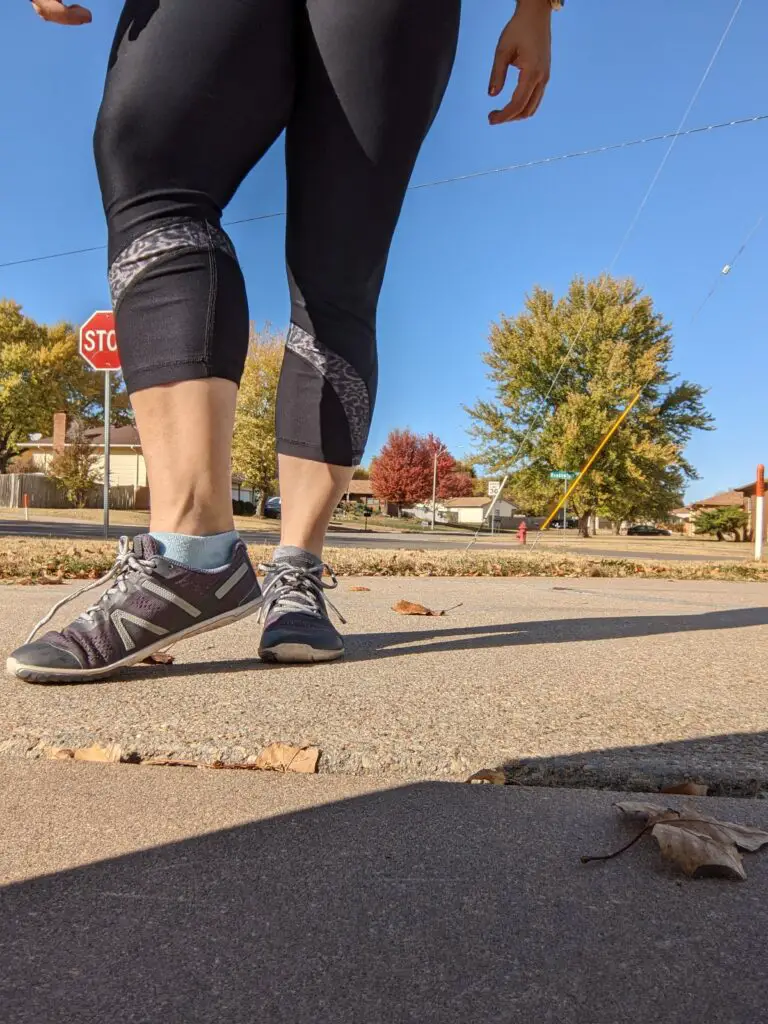
What is Barefoot Running
Barefoot running is a type of running that is done without the use of traditional running shoes. Barefoot running can be done either completely barefoot (not my recommended way) or with a special type of shoe that is considered barefoot. This type of running can be traced back to the early days of human history when our ancestors ran without shoes in order to hunt and gather food.
In recent years, barefoot running has seen a resurgence in popularity, as more people have become interested in its potential benefits.
(THIS POST PROBABLY CONTAINS AFFILIATE LINKS. OUR FULL DISCLOSURE POLICY IS REALLY BORING, BUT YOU CAN FIND IT HERE.)
What is a Barefoot Running Shoe?
In comparison to your average running sneaker, barefoot shoes promote the idea that you don’t need any extra technology! What this means is that they don’t “support” your foot artificially. They let your feet move as they would normally.
These are the basic principles of a barefoot running shoe:
- There should be zero drop from heel to toe (the shoe should be flat)
- The sole should be thin and flexible
- There is no arch support needed
- The toe box should follow the shape of a foot
Our feet are not flawed. We don’t need all of this extra technology (usually, some people really do need some support, etc for very specific issues) we just need to use our feet more and make them work the way they are supposed to!

Barefoot vs Traditional Shoes
Compared to traditional running shoes, barefoot running allows for a more natural movement of the feet and legs. This can lead to improved balance and coordination, as well as increased strength in the muscles and connective tissues of the feet and legs.
Traditional running shoes can limit the range of motion in the foot and ankle, which can lead to decreased flexibility over time. Barefoot running, on the other hand, allows for a greater range of motion and encourages more mobility.
Are there any health benefits to barefoot running?
For centuries, running has been a popular way to stay fit and healthy. In recent years, however, a new trend has emerged: barefoot running. Proponents of barefoot running claim that it is a more natural and efficient way to run, and that it can provide a number of health benefits. While there is still some debate on the subject, many experts believe that barefoot running can indeed be beneficial for your health.
For starters, it can help to improve your posture and bring you back to the roots of running, helping you be more connected to your body and the sport of running. Additionally, barefoot running encourages a more midfoot or forefoot strike, which is thought to be more efficient and can lead to different impacts on the joints.
Finally, barefoot running may also help to strengthen the muscles in your feet and lower legs, which can improve balance and stability.
Whether you are a seasoned runner or just starting out, give barefoot running a try – you may just be surprised by the benefits.
What are the risks associated with barefoot running?
For many people, running is a fun and efficient way to get some exercise. However, there is some debate about whether it is better to run with traditional shoes or go barefoot. Some proponents of barefoot running argue that it is more natural and can help to improve your form. However, there are also some risks associated with barefoot running.
First, the main cause of forefoot stress fracture is increased pressure on the feet when wearing minimalist shoes with minimal cushioning. Bergstra et al.’s study (2015) Minimalist shoes caused higher peak pressures on the middle, outside, and inside of the forefoot. They also resulted in maximum mean pressures, which have been linked to increased metatarsophalangeal joint fractures in barefoot running compared to traditional shoes.
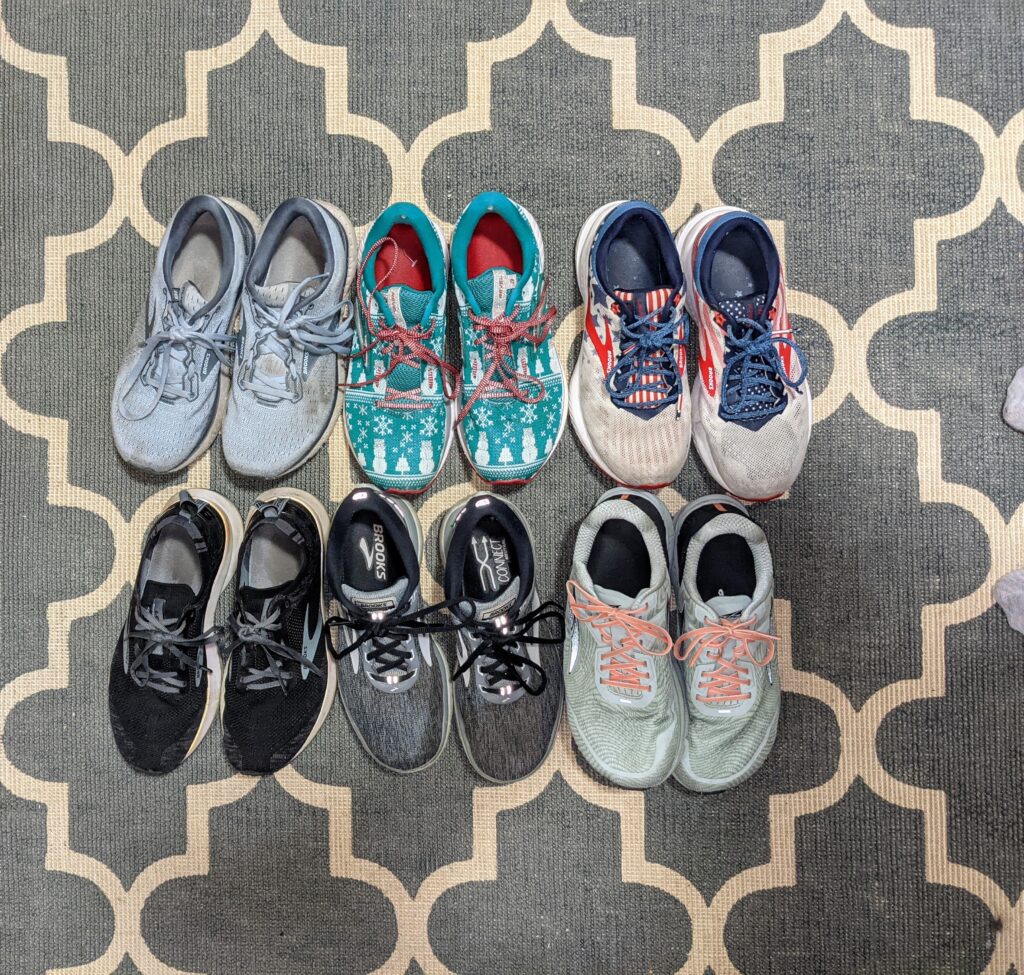
Another study (Ridge et al., 2013) looked at the risks of stress fracture injuries by measuring the presence of bone marrow edema in the foot after runners transitioned to minimalist shoes throughout a 10-week transition period. The study found that the group who trained in barefoot shoes had a greater incidence of bone marrow edema than the group who trained in traditional shoes which can lead to stress fracture injuries in runners.
Studies showed that minimalist shoes may increase injury risk. runners who are used to conventional shoes should take time to transition to minimalist shoes and should do so gradually through a training process. It is apparent that a 10-week transition period isn’t long enough and a longer, more gradual period is needed for the transition.
As a result of these increased injury risks, it is important to weigh the risks and benefits before you decide whether barefoot running is right for you.
My other favorite Barefoot Shoes
How do you transition to barefoot running safely and effectively?
The debate between minimalist and maximalist shoes has been raging for years, with companies coming out with ever-lighter and more “barefoot” options. And while there are definitely benefits to barefoot running – improved balance, strengthened muscles, and a more natural running style, to name a few – it’s important to transition safely and effectively to avoid injury.
Something to keep in mind for your transition is the type of shoes that you wear daily outside of your runs as well.
For example, I spend most of my time in barefoot style shoes in day-to-day life. Therefore, my feet are already accustomed to barefoot and have made adaptations that are needed.
On the other hand, if you have never worn a barefoot style shoe before your transition is going to be much more gradual and take longer. That way you aren’t putting too much stress on your feet and body without giving them the chance to adapt properly.
Due to these two different scenarios time isn’t the best way to gauge a transition to barefoot running.
However, here are a few tips when transitioning:
- Start by wearing barefoot style shoes gradually in day-to-day life to get your feet used to the increased freedom that barefoot shoes allow
- Start by running short distances (a mile or less) on soft surfaces like dirt trails or grass one to two days a week
- Gradually increase your mileage as your feet and legs adjust to the new stresses on non-consecutive days
- Pay attention to your form, keeping your stride short and your cadence high
- Be sure to give yourself plenty of rest days and days back in traditional shoes
With a little patience and care, you can make the switch to barefoot running and enjoy all the benefits that come with it.
Tips for avoiding injuries when transitioning to barefoot running
Those who have been running with shoes for some time may be interested in making the transition to barefoot running. While there are many benefits to this style of running, it is important to do so safely in order to avoid injuries. Here are a few tips to keep in mind:
Start slowly: It is important to ease into barefoot running, rather than trying to do too much too soon. Start by running for short distances on soft surfaces, such as grass or a track. gradually increase the distance and intensity of your runs as you get used to the new form.
Pay attention to form: Proper form is essential when barefoot running. Be sure to land on the balls of your feet and keep your strides short and quick. Avoid heel striking, as this can lead to injuries.
Warm-up and cool down: As with any type of exercise, it is important to warm up before you start running. This will help prepare your muscles for the workout ahead. Be sure to cool down once you are finished running as well, in order to avoid cramping or other issues.
Exercise your Feet: Giving your feet a little TLC and strength training will help. Work on mobility, intrinsic foot strength, and practice strength training barefoot to help your feet adapt and learn to move on their own!
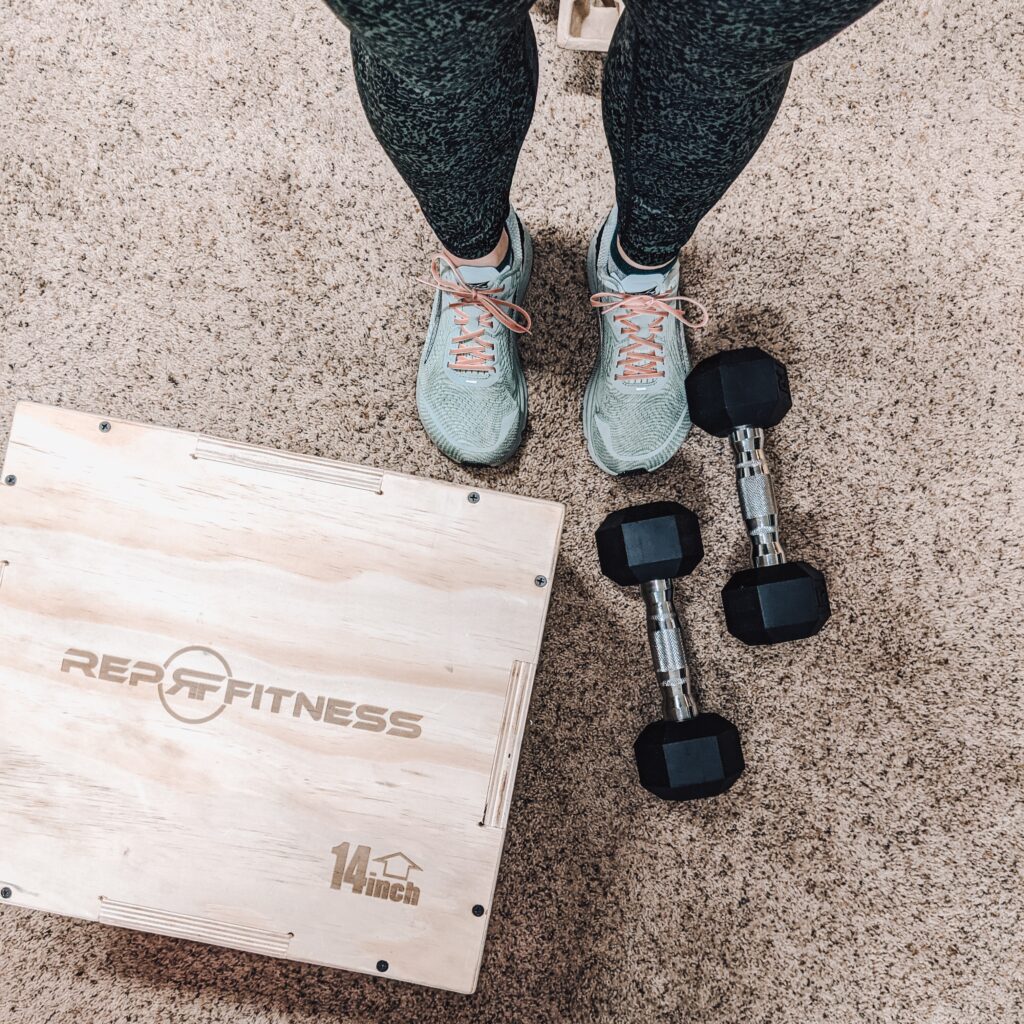
Change it up: Don’t just run barefoot! I believe an injury-proof runner is a well-rounded runner. Injuries occur from the same stresses being applied to our bodies over and over again. Prevent these by selecting similar but different shoes. This is where your barefoot and transitional style shoes come in such as XeroShoes and Altra!
Favorite Barefoot Running Shoes
The barefoot shoe industry has definitely come a long way from its inception several years ago. However, it is still a relatively small stakeholder in the shoe world. I have some favorite shoes that I regularly wear but there are other options out there.
My favorite barefoot running shoe is tied between XeroShoes HFS and Vivobarefoot Primus Lite.
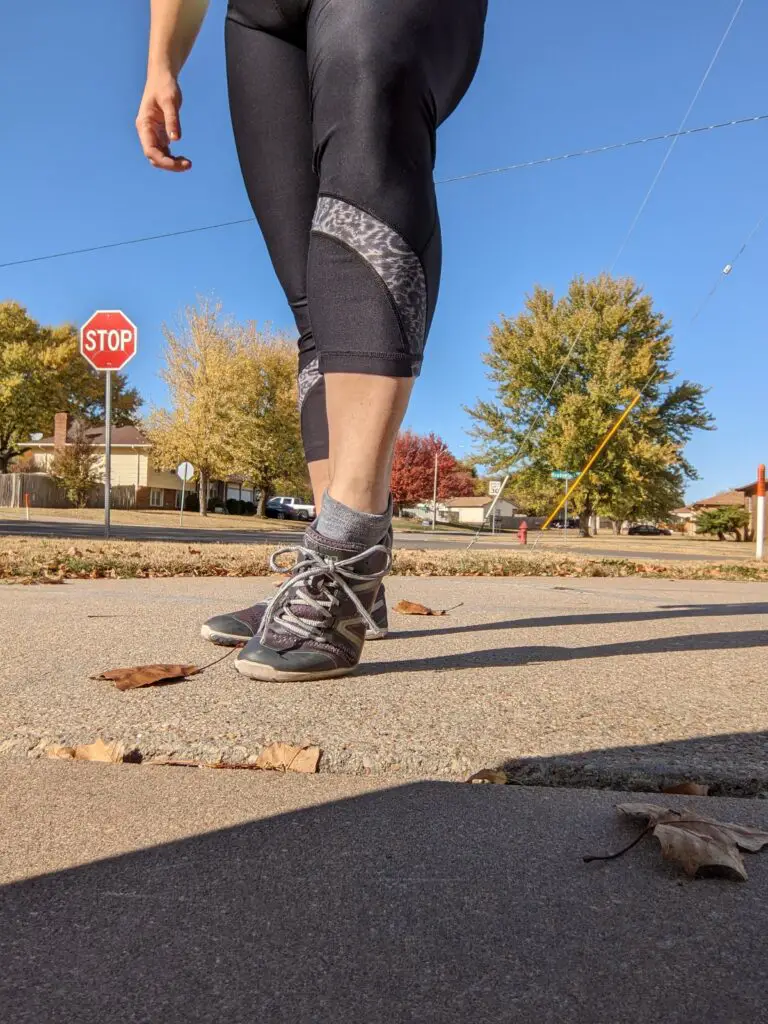
You really can’t go wrong with either of these shoes!
Another popular option is the Vibram 5 finger but I don’t have any experience with these yet to truly recommend them. I just know that many people love and swear by the 5 fingers!
I also love Altra shoes which are what I consider a transition shoe vs a true barefoot shoe. They have the wide toebox and zero heel drop design but they aren’t flexible like a true barefoot shoe and have a little more cushioning. I do feel like they are an important shoe to have in rotation though with your barefoot shoes!
Final Thoughts on Barefoot Running
Barefoot running can be a great way to improve your form and overall running experience, but it is important to do so safely. Start slowly, pay attention to your form, and warm up and cool down properly. When choosing a barefoot running shoe, be sure to try on a few different pairs and find the one that feels best for you. And finally, remember to always listen to your body when deciding how much or little barefoot running you should do.
AFFILIATE DISCLOSURE
As an Amazon Associate, I earn from qualifying purchases. This post may contain affiliate links. If you use these links to buy something we may earn a commission. The Site may contain links to affiliate websites, and we receive an affiliate commission for any purchases made by you on the affiliate website using such links.
All information should be used as a tool for more knowledge on the subject topic, to use as references for later articles where applicable, or just to keep it in mind during future exercise routines or activities.
This article is not meant to give medical advice or to replace professional health care. Should any ailment occur please contact your doctor or physical therapist immediately to keep yourself safe and prevent further damage.
The author is not liable for any personal or commercial damage directly or indirectly related to the content hereof. You are responsible for adhering to local laws and regulations regarding health & safety, including proper use of equipment or safety gear, and compliance with governing healthcare associations, and state, and federal regulations.
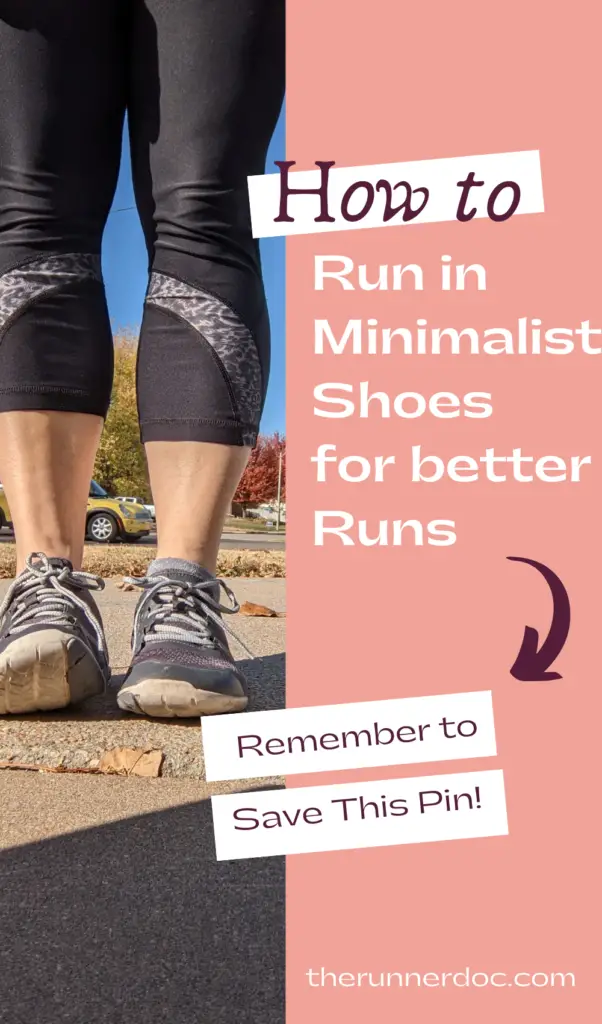
Barefoot Running Shoes for Beginners
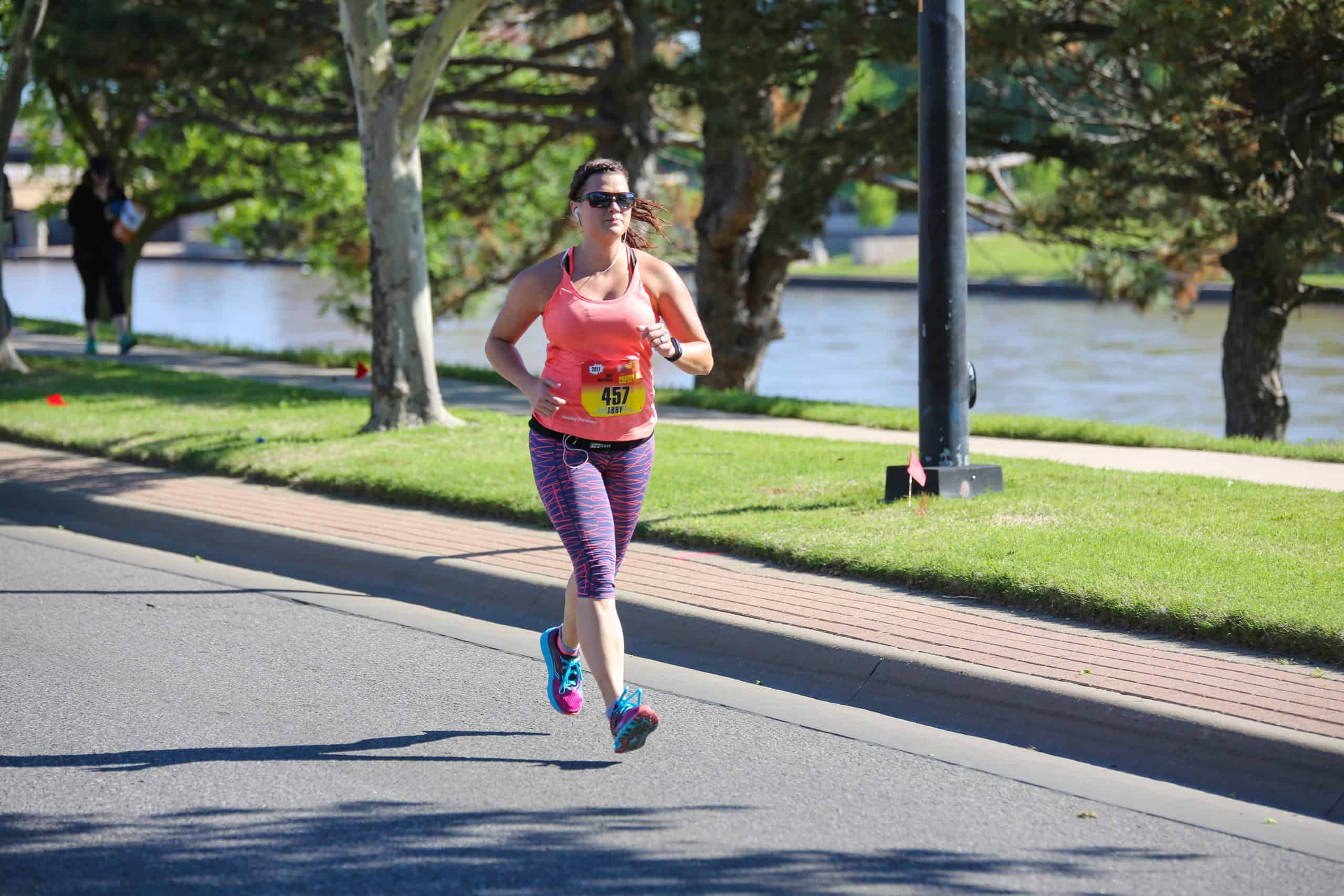
Dr. Abby Siler, PT, DPT is a Physical Therapist with 10 years of experience in a variety of settings. She has spent the majority of her time treating athletes in orthopedic clinics and worker’s compensation cases. She is a runner herself for the past 15 years and a lifelong athlete. Dr. Abby loves to teach runners how to stay injury free and out of her clinic.
